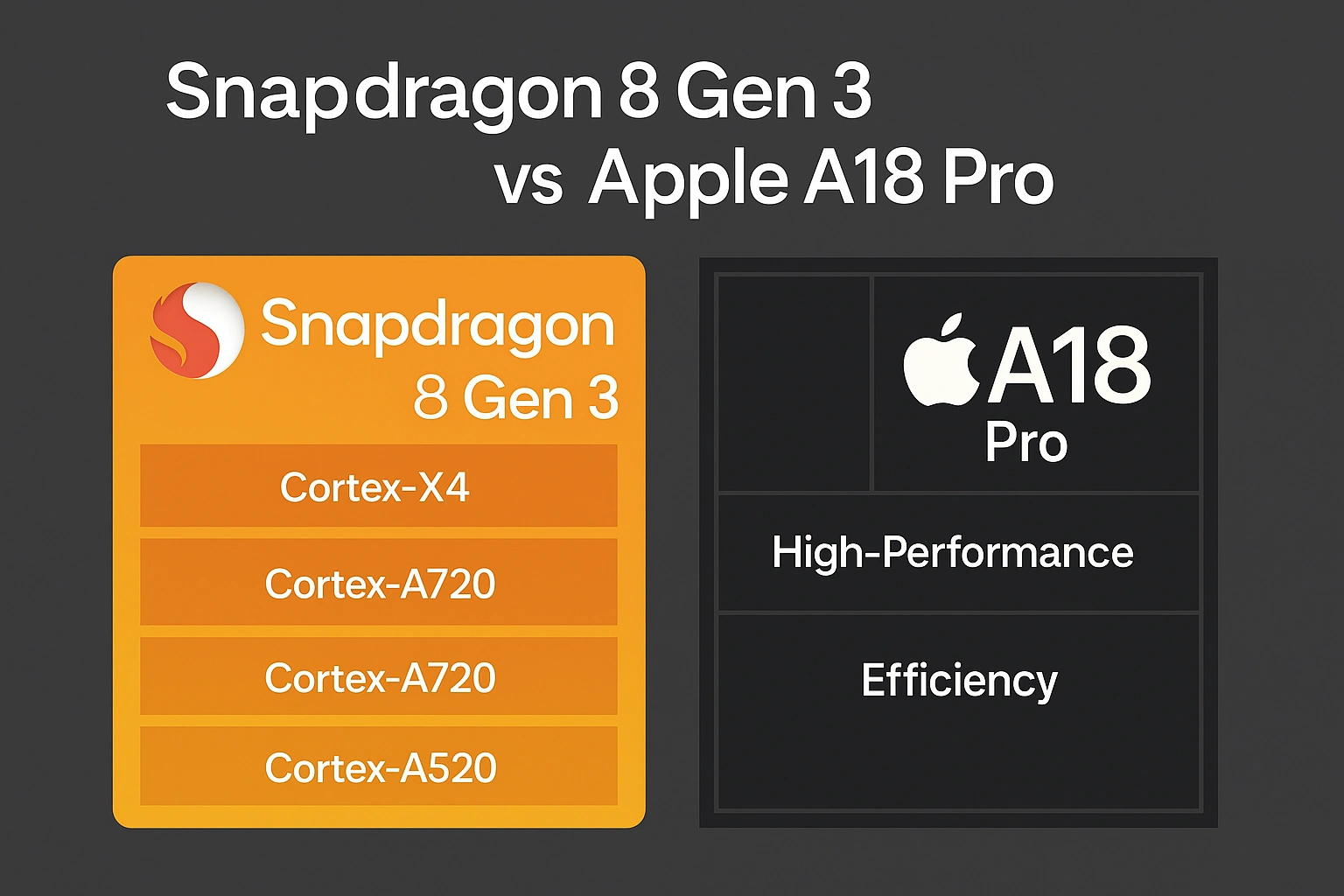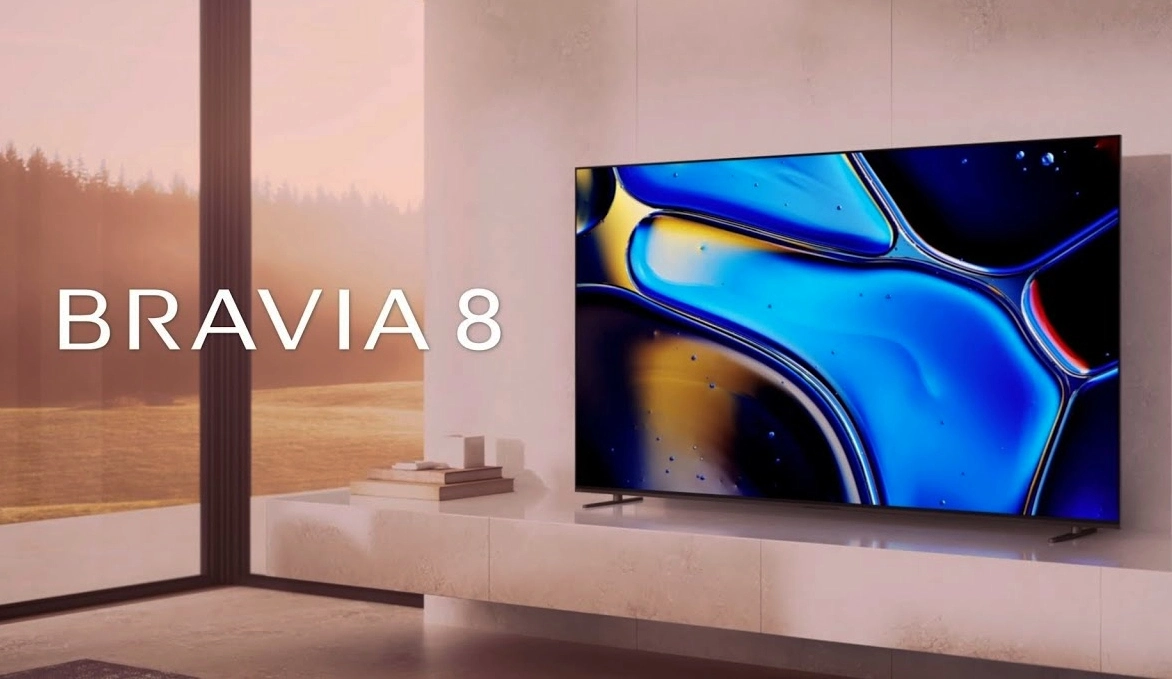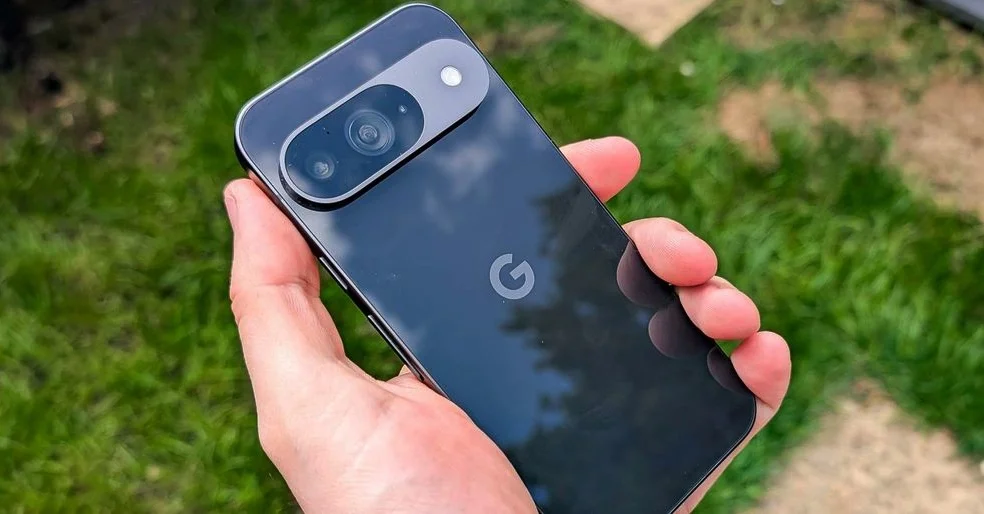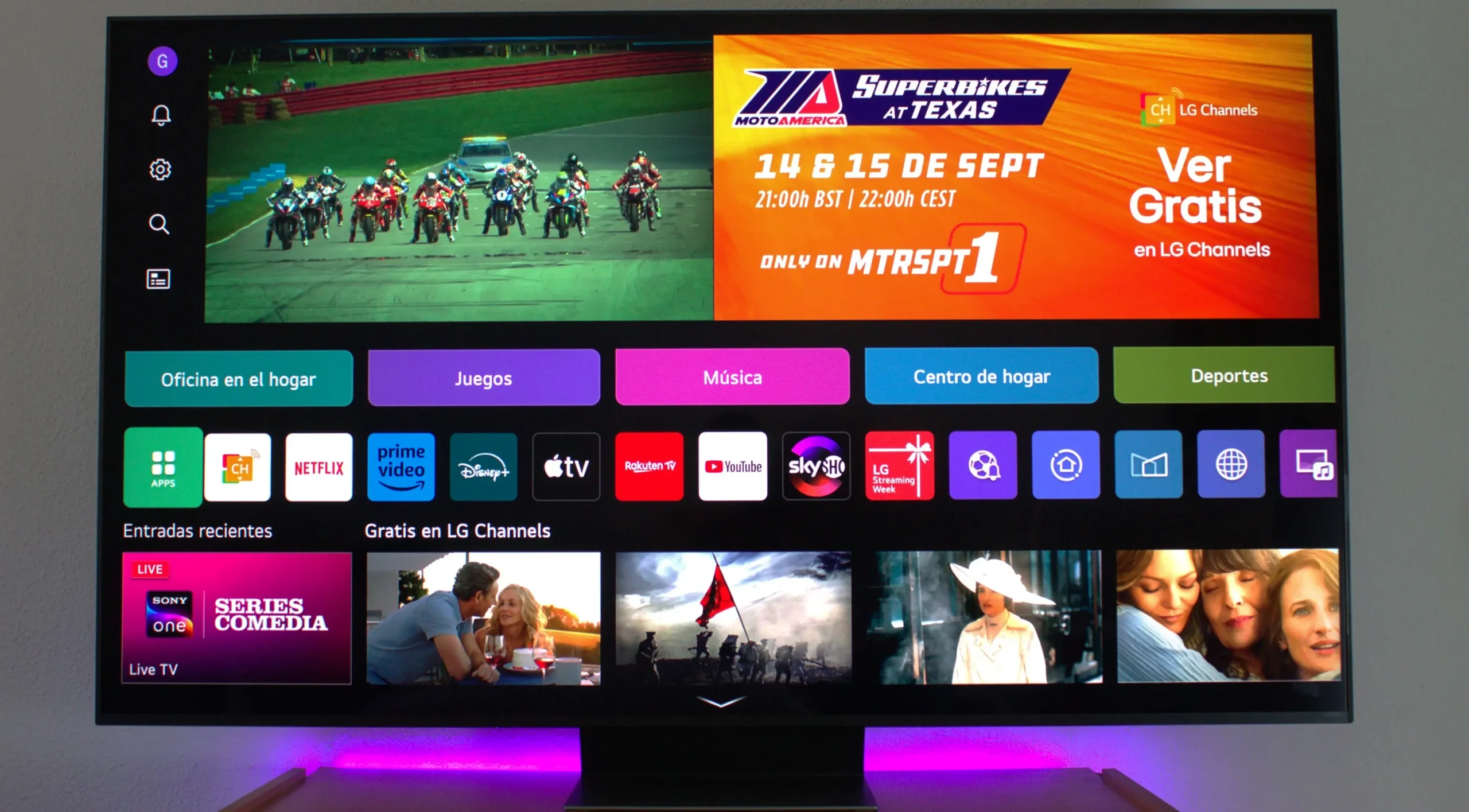The battle between Qualcomm and Apple for mobile performance dominance is nothing new, but in 2025 it has reached new heights with the launch of the Snapdragon 8 Gen 3 and Apple A18 Pro chips. Both represent the pinnacle of what their respective companies envision as the “future of mobile processing.” But beyond numbers and marketing claims—who really delivers the better experience? Where does each one falter? This article takes a critical, in-depth look.
Snapdragon 8 Gen 3 vs Apple A18 Pro – Technical Comparison
| Feature | Snapdragon 8 Gen 3 | Apple A18 Pro |
|---|---|---|
| CPU Architecture | 1x Cortex-X4 + 5x Cortex-A720 + 2x Cortex-A520 | 6-core (2 high-performance + 4 efficiency) |
| Clock Speed | Up to 3.3 GHz | Up to 3.8 GHz |
| GPU | Adreno 750 | Apple 6-core GPU (Ray Tracing) |
| Manufacturing Process | 4nm (TSMC N4P) | 3nm (TSMC N3B) |
| AI Engine | Qualcomm AI Engine Gen 3 | Neural Engine – 38 TOPS |
| Power Efficiency | Moderate to High | High |
| Geekbench Multi-core | ~7500 points | ~8800 points |
| AnTuTu Score | ~2.2 million | ~2.1 million |
| RAM Support | Up to 24 GB LPDDR5X | Up to 16 GB LPDDR5 |
| Connectivity | 5G, Wi-Fi 7, Bluetooth 5.4 | 5G, Wi-Fi 6E, Bluetooth 5.3 |
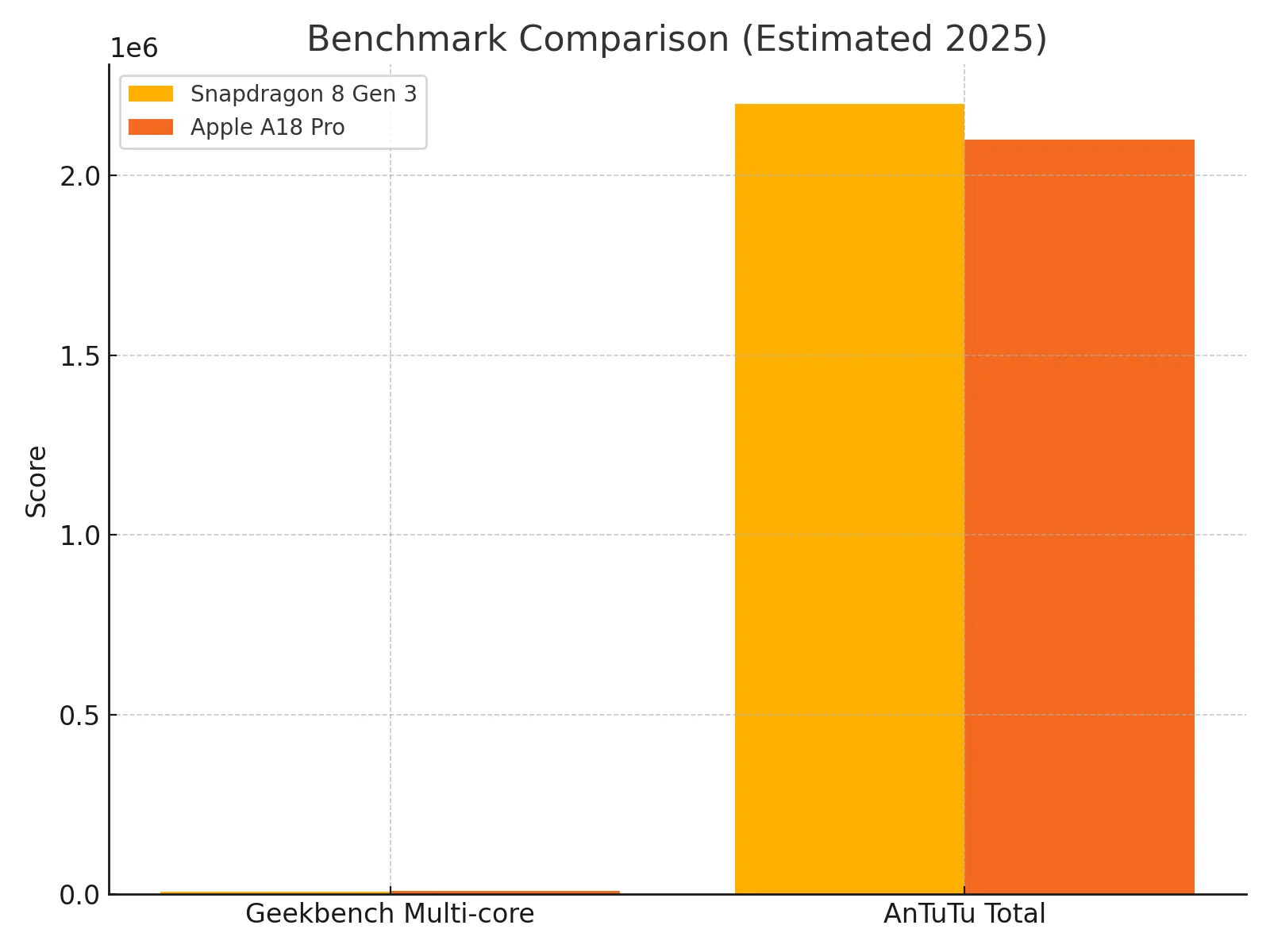
Architecture: Two Competing Philosophies
Snapdragon 8 Gen 3: Raw Power and Flexibility
Qualcomm maintains a hybrid architecture approach: a mix of performance, efficiency, and balanced cores. The Snapdragon 8 Gen 3 features:
-
1 Cortex-X4 core (high performance)
-
5 Cortex-A720 cores (sustained performance)
-
2 Cortex-A520 cores (energy efficiency)
It’s designed to be versatile, ideal for multitasking, high-end gaming, and AI-powered tasks. The chip features a powerful Adreno 750 GPU and the latest Qualcomm AI Engine, enhancing everything from camera quality to real-time translation.
Apple A18 Pro: Surgical Efficiency
Apple sticks to its vertically integrated strategy with:
-
2 high-performance cores
-
4 efficiency cores
The standout here is the new 3nm (TSMC N3B) fabrication process, which offers high performance with significantly lower power consumption. The redesigned six-core GPU adds hardware-accelerated ray tracing while maintaining excellent thermal behavior.
Real-World Performance: Beyond Benchmarks
Geekbench and AnTuTu: Misleading Numbers?
-
Snapdragon 8 Gen 3:
-
Geekbench (multi-core): ~7500
-
AnTuTu: ~2.2 million
-
-
Apple A18 Pro:
-
Geekbench (multi-core): ~8800
-
AnTuTu: ~2.1 million
-
While Apple slightly leads in multi-core CPU scores, Qualcomm’s Adreno 750 gives it an edge in graphics-heavy workloads. It’s the chip of choice for Android gaming flagships, whereas Apple remains the go-to for video editing and computational photography.
But What About Day-to-Day Use?
This matters more than any benchmark. In real life, it’s about sustained performance, thermal behavior, and battery life. Apple’s A18 Pro wins in power efficiency, whereas Snapdragon 8 Gen 3 pushes harder, but at the cost of higher heat output.
Artificial Intelligence: The New Battleground
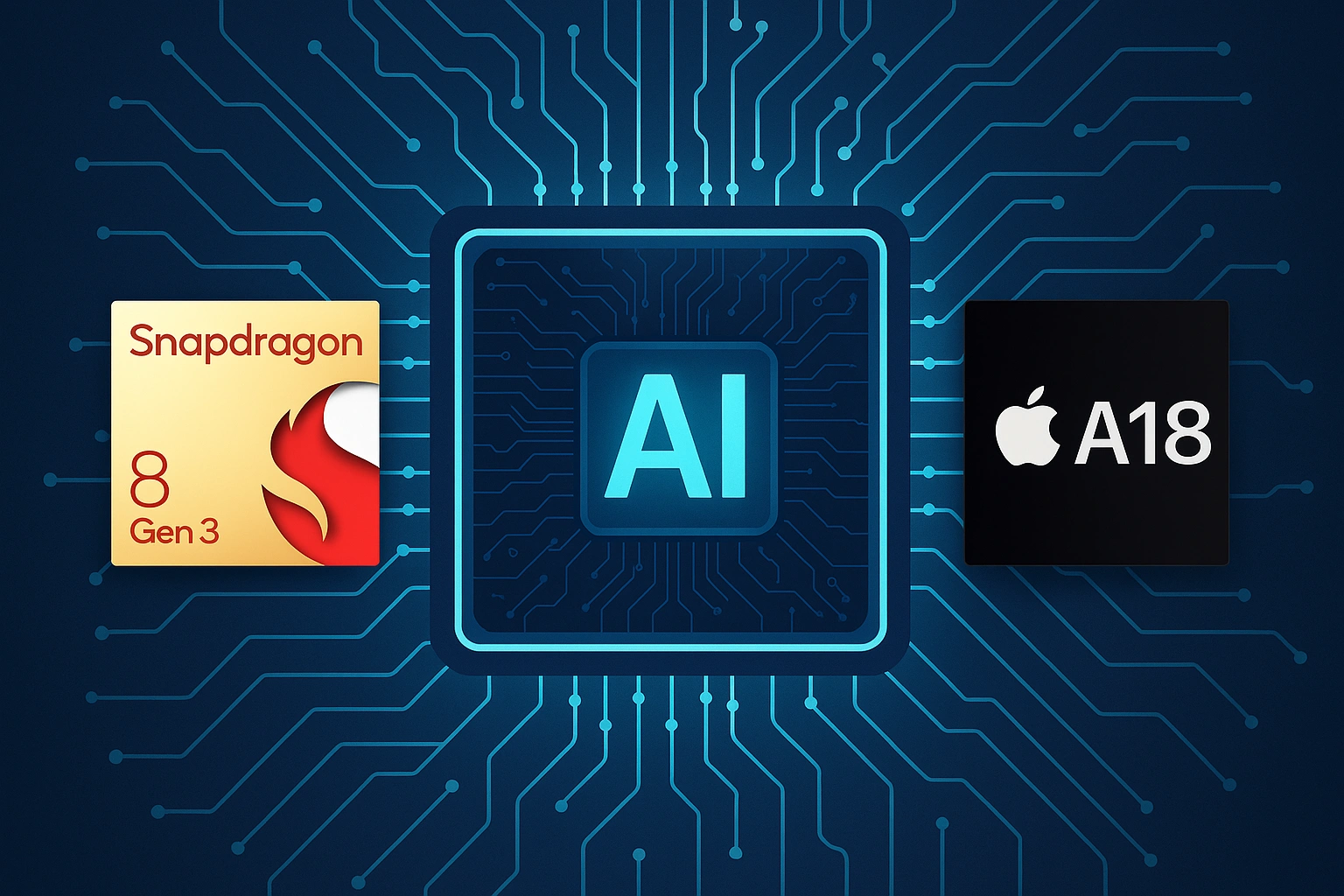
Both companies have gone all-in on AI:
-
Qualcomm AI Engine Gen 3:
Excellent for voice processing, real-time translation, and image recognition. -
Apple Neural Engine:
Capable of 38 trillion operations per second (TOPS), deeply integrated into iOS for everything from Siri to advanced camera features.
Apple has the upper hand here, largely thanks to its hardware-software integration. Qualcomm’s hardware is powerful, but its full potential depends on third-party software implementations (Android OEMs).
Energy Efficiency and Thermal Management
In 2025, battery life and thermal behavior are critical.
-
Snapdragon 8 Gen 3: High performance but prone to throttling under sustained load (e.g., 4K video, gaming sessions).
-
Apple A18 Pro: Keeps temperatures low even during intensive tasks, offering longer sustained performance without throttling.
Apple clearly wins here by design. It proves that lower energy use doesn’t mean lower performance, at least in a tightly controlled ecosystem.
RAM and Connectivity Support: Who’s More Adaptive?
| Feature | Snapdragon 8 Gen 3 | Apple A18 Pro |
|---|---|---|
| RAM support | Up to 24 GB LPDDR5X | Up to 16 GB LPDDR5 |
| Wi-Fi | Wi-Fi 7 | Wi-Fi 6E |
| Bluetooth | 5.4 | 5.3 |
| 5G | Yes | Yes |
In terms of pure specs, Qualcomm wins hands down. Its support for more RAM and faster Wi-Fi makes it ideal for premium Android devices and gaming phones. However, Apple optimizes for predictability, not adaptability.
Longevity, Updates, and Sustainability
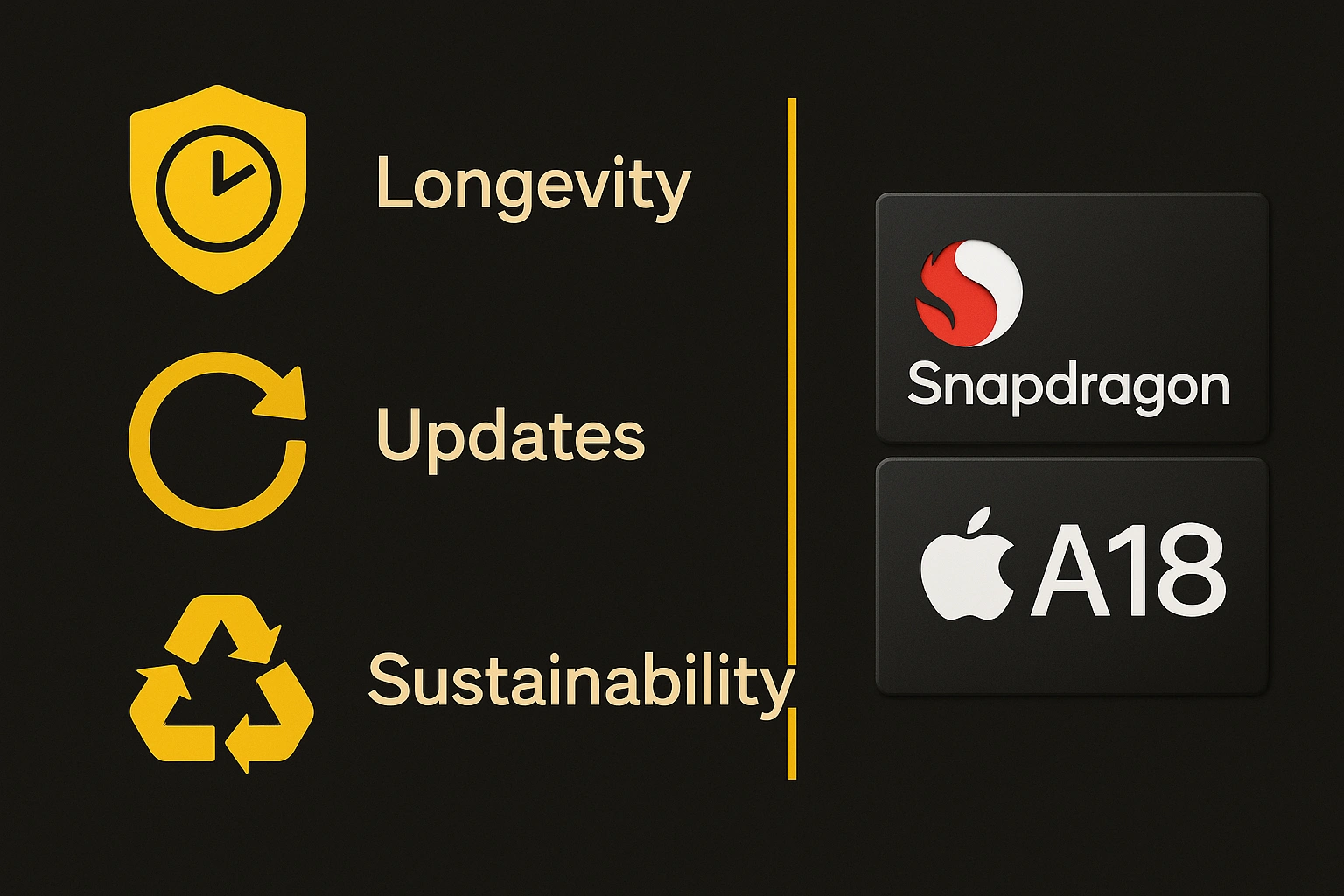
-
Apple A18 Pro benefits from 6–7 years of iOS updates, making it a long-term investment.
-
Snapdragon 8 Gen 3 depends on OEMs for updates—rarely offering more than 3–4 years of solid support.
Apple is also making efforts toward carbon neutrality and recycled materials, though its restrictive repair policies remain controversial.
Which Processor Is Best?
That depends on your priorities:
-
If you want raw power, customization, and cutting-edge specs, the Snapdragon 8 Gen 3 is the clear winner—especially in high-performance Android flagships.
-
If you prefer efficiency, longevity, and seamless integration, the Apple A18 Pro continues to dominate within its ecosystem.
Both chips are excellent, but they represent two fundamentally different visions of what mobile computing should be:
One emphasizes hardware freedom, the other absolute software control. That’s what makes this competition so compelling.

